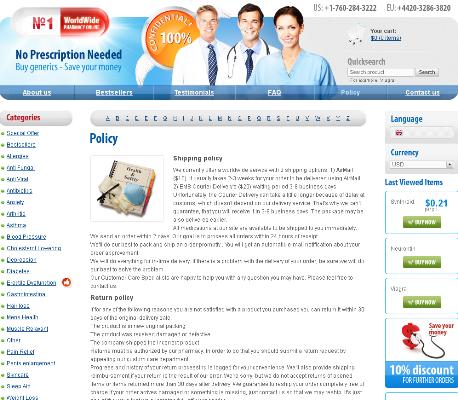Prednisolone Dosage: What Every Patient Should Know
Understanding Prednisolone: How It Affects Your Body
When you take prednisolone, it works like a powerful mimic of your body’s natural steroid hormones, helping to quickly tame inflammation and dampen immune responses. This medication can bring relief if you’re struggling with conditions like asthma, allergies, arthritis, or even certain skin problems. The benefits often show up swiftly, but the way prednisolone moves through your system—reducing swelling, redness, and pain—is why it’s so widely prescribed.
However, this strength comes with responsibilities: prednisolone doesn’t just soothe inflammation; it can also influence blood sugar, bone strength, and mood. Knowing how it operates inside you helps you appreciate why precise dosing and close medical supervision are so important for your overall well-being.
| Prednisolone Effects | Body Systems Impacted |
|---|---|
| Reduces swelling & pain | Joints, muscles, skin |
| Suppresses immune reactions | Immune system, allergies |
| Alters blood sugar | Endocrine system |
| Affects mood & energy | Nervous system |
Common Dosage Forms and Their Unique Uses

Prednisolone is available in several convenient formulations designed to suit different treatment needs. Tablets are the most commonly prescribed, especially for long-term or moderate cases, allowing for precise dose adjustments. For individuals who have trouble swallowing pills, oral liquid solutions offer an alternative, particularly useful in pediatric or elderly populations. Sometimes, doctors may opt for injections, delivering prednisolone rapidly during emergencies like severe allergic reactions. Each form ensures that the medication can be tailored specifically to the patient's medical condition and lifestyle demands.
How Doctors Decide the Right Dosage for You
When you visit your doctor, they consider many factors before prescribing prednisolone. Your diagnosis, age, weight, and even other medications you take all play a pivotal role. Sometimes, doctors start with a higher dose and gradually reduce it, a strategy called “tapering.” This approach helps balance treatment effectiveness with minimizing side effects. Each case is unique, so your doctor carefully reviews your medical history and monitors your response, ensuring the dosage supports your health and safety throughout therapy.
Essential Dos and Don’ts While Taking Prednisolone

Taking prednisolone can be life-changing, but following your doctor’s advice is crucial for safety and effectiveness. Always take your dose exactly as prescribed, ideally at the same time daily to maintain steady levels in your body. If you forget a dose, don’t double up—simply take the next scheduled tablet.
Avoid stopping prednisolone abruptly without consulting your healthcare provider, as this can cause serious withdrawal symptoms. Refrain from consuming excessive salt, as prednisolone may lead to fluid retention and higher blood pressure.
Side Effects Linked to Incorrect Dosage Levels
Taking too much prednisolone can overwhelm your system, sometimes leading to agitation, high blood sugar, or swollen face. On the flip side, receiving too little may leave inflammation uncontrolled, making symptoms worse. Balance is crucial, as even small dosage errors can have significant consequences. Noticing rapid weight gain or unusual mood changes? These could be clues your dosage needs adjusting. Below is a summary table of potential side effects from over- or under-dosing prednisolone:
| Type of Dosage Error | Possible Side Effects |
|---|---|
| Overdose | Insomnia, mood swings, high blood sugar, facial swelling |
| Underdose | Uncontrolled inflammation, fatigue, pain |
What to Discuss with Your Healthcare Provider
Open, honest communication with your healthcare provider shapes your experience with prednisolone. Share your medical history, allergies, and all medications or supplements you currently use—these details help avoid dangerous drug interactions. If you’ve had side effects from steroids before, mention these early. Ask about the goals of your treatment and how long you’ll need to take prednisolone, so you understand what changes to expect. That way, you can watch for improvements or potential concerns. Always clarify what to do if you miss a dose or experience symptoms like swelling, high blood pressure, or changes in mood. Remember, every question is worth asking.

